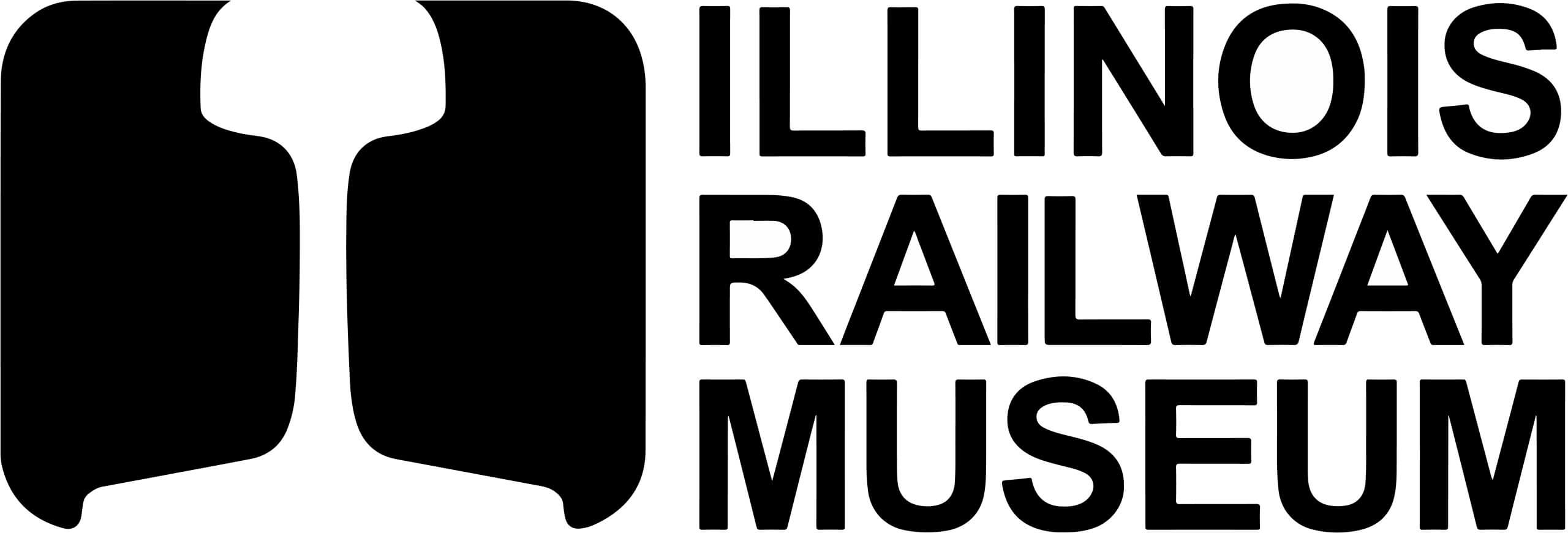History
The Illinois Railway Museum was founded in 1953 by ten men who each contributed $100 to purchase Indiana Railroad 65, an interurban car that had just been retired and was in imminent danger of being scrapped. The museum’s origins, however, actually go back further.
In 1907 the Elgin & Belvidere Electric Railway, controlled by electric railway engineering expert Bion J. Arnold, opened for business. It was an electric interurban line paralleling the Chicago & North Western Railroad between the two cities in its name. One of its claims to fame was that it built the world’s first fully automatic substation in the town of Union. The E&B continued in operation until 1930, when automobile competition and the onset of the Depression drove it into bankruptcy. The tracks were torn up soon thereafter and the interurban cars were scrapped.
When IRM was founded in 1953 it was sited on the grounds of the Chicago Hardware Foundry in suburban North Chicago, along the tracks of the Chicago North Shore & Milwaukee interurban line. It was initially known as the Illinois Electric Railway Museum but the “Electric” was removed in 1962. Following acquisition of car 65 the collection continued to grow, reaching some 40 pieces of equipment by 1964. By that time the museum had outgrown its cramped space at the foundry and it relocated to an empty field east of Union. The reason this site was chosen was because the long-abandoned right-of-way of the E&B could be cheaply acquired simply by paying the back taxes. Initially a mile and a half of right-of-way and a small 26-acre plot where the depot now sits were purchased. The collection of 40 pieces of equipment was transported to Union in 1964.
Over the 60 years since, IRM has expanded steadily. The first electric car operated in 1966 and the first steam engine ran in 1968. The depot was moved from its original location in nearby Marengo in 1967, the first of 13 storage barns was built in 1972, and the streetcar loop was completed in 1981. Visitor amenities were improved with the opening of the Central Diner in 2003, the Schroeder Store in 2017, and the Multi-Purpose Building in 2021. The collection of historic equipment has grown over tenfold, to over 500 pieces of historic railway and transit equipment. The size of the developed property has expanded to 100 acres while the main line railroad has been extended to include nearly five miles of the former E&B right-of-way. Nearly four miles worth of track are now under cover, providing protected storage for the vast majority of the historic collection of trains.
IRM continues to expand, improve, and innovate. Visit our Projects page for information on how IRM continues to be a Museum in Motion.
